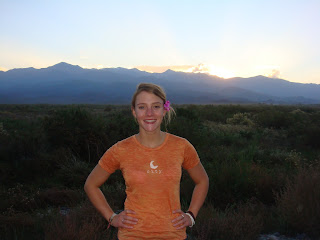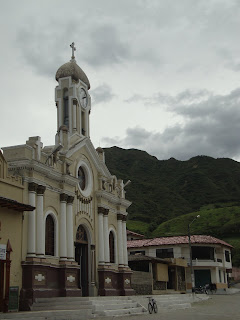
- The Andes are breathtaking, and waking up to them outside one’s bedroom window each day is quite the blessing
- We REALLY take for granted the ability to tune out of a conversation or lecture in our native language and still be aware of what’s going on
- The Asado, the pride and joy of the Argentines, might just be the death of me this year
- If so, Dulce de Leche (read: heaven incarnate) will certainly be my savior
- U.S. cities don’t know what they’re missing without a Mercado Central, or Central Market, where you can find almost anything you’re looking for, from spices and nuts to produce, meat, and cheese super fresh and super cheap
- Classroom etiquette and standards of respect for the professor are startlingly different here, though I’ve stopped cringing every time someone answers a cell phone in class since the day the professor interrupted himself to answer his own
- Climbers in the U.S. (especially those of you lucky enough to climb at UNC) are spoiled by their access to excellent indoor climbing; Argentine climbers are spoiled by their access to spectacular outdoor climbing
- Argentine boliches, or dance clubs, don’t exactly cultivate graceful, coordinated or aesthetically pleasing dancing (the first time I went to one and started “dancing” to the music, I quickly earned the nickname gallina, or chicken), though they do a great job of promoting joyful, creative, and unabashed … movement?
- Argentines don’t sleep—or not much, at least—and they still function normally, day after day
- They’re not so much for standing in line and waiting your turn here, which make sense, since the folks who do so (namely, me) don’t get helped.
- Turns out stop signs and traffic lights are not actually indispensable components of a functional road system
- Living in one of the world’s best grape and olive producing regions is very nice indeed
- It’s going to be difficult to leave a place that has panaderías, verdulerías, and heladerías (bakeries, veggie stands, and ice creameries) on every corner
- It really is socially acceptable to drink mate anytime, anywhere, from the middle of class to while hanging off the side of a mountain… which is good, since, as it turns out, mate really is addicting
- Overwhelmingly, Argentines are kind, welcoming, generous, vivacious people, and this is going to be a good year :)

















